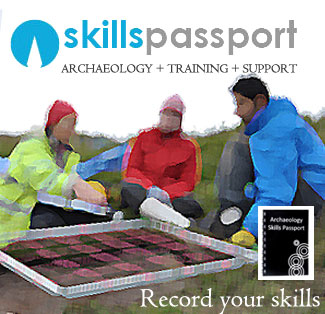Archaeological Illustration is a form of technical illustration that records material derived from an archaeological context graphically and can range from artefacts and pottery to plans, sections and even reconstructions.
Being able to draw artefacts/ceramics OR create a location plan/site plan/elevation using a vector or raster program will help you to understand better the requirements for publication and dissemination. It is always worth drawing a plan in the field and then drawing a final illustration.
PRINCIPLE: Use of both pen/pencil and digital technology to create finds drawings or report illustrations and plans.
- Novice – can draw simple figures with help.
- Competent – Is able to draw a variety of objects and plans with help
- Proficient – can confidently create a variety of illustrations with guidance.
Professional tips:
Pencil and pen drawing should always be the first concept learned, before moving to vector programs like Corel, Illustrator or the free Inkscape.
Think about how this will appear on the page you are illustrating for – is it A4 A3 landscape? portrait?
Colour can be good if teh publication will not be photocopied and /or the publication is greyscale only
Any illustration should have a description of what it is and a scale bar.
Inkscape ( free Vector illustration software
Illustration for Archaeologists – Small Finds Thomas Small from smallfindsdesign takes you through the process of why and how to illustrate small finds, with two step by step examples – from traditional to digital.


